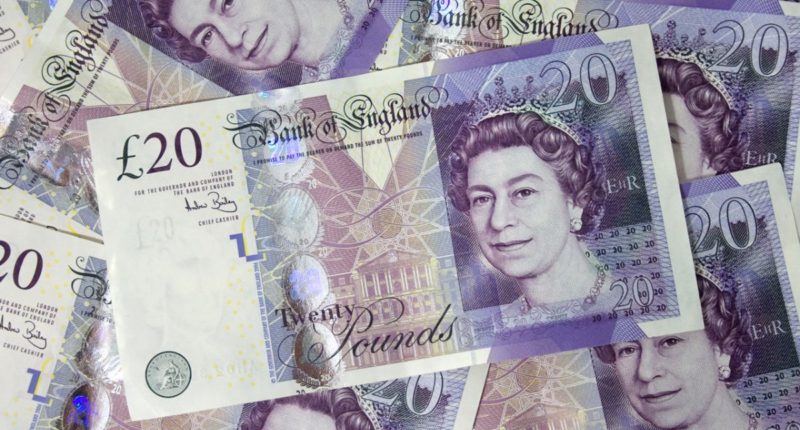In August, the shaky UK economy caused the pound to fall by roughly 5% against the US dollar. The last time the pound plummeted that far against the dollar was in the aftermath of the Brexit vote in October 2016.
Recession fears
On the currency markets, sterling fell below $1.16 once more on Thursday morning. Analysts believe the drop indicates the economy’s bleak prognosis, with consumers and businesses facing rising prices and surging energy expenditures.
The Bank of England predicts that the UK will enter a recession by the end of this year. A recession occurs when the economy contracts for two consecutive three-month periods. Recession fears are weighing on markets, and Goldman Sachs’ forecasts that the UK could be in recession until 2024.
A bleak future
August was also the pound’s worst month versus the euro since the middle of last year, because of the weak pound, Brits travelling abroad will find that their money will not go as far. Fears about the UK economy’s prospects have intensified after data revealed it contracted between April and June, with firms and individuals suffering the effects of rising prices.
Household discretionary income is expected to shrink by 10%, or £3,000, this year and next, resulting in the lowest living standards squeeze in a century. The cost-of-living crisis is expected to be the most difficult challenge for the new Prime Minister.
Government bonds – or debt – in the United Kingdom experienced their worst month in decades. Concerned about the riskiness of lending to the government, investors wanted greater returns, making it more expensive for the country to borrow money.

